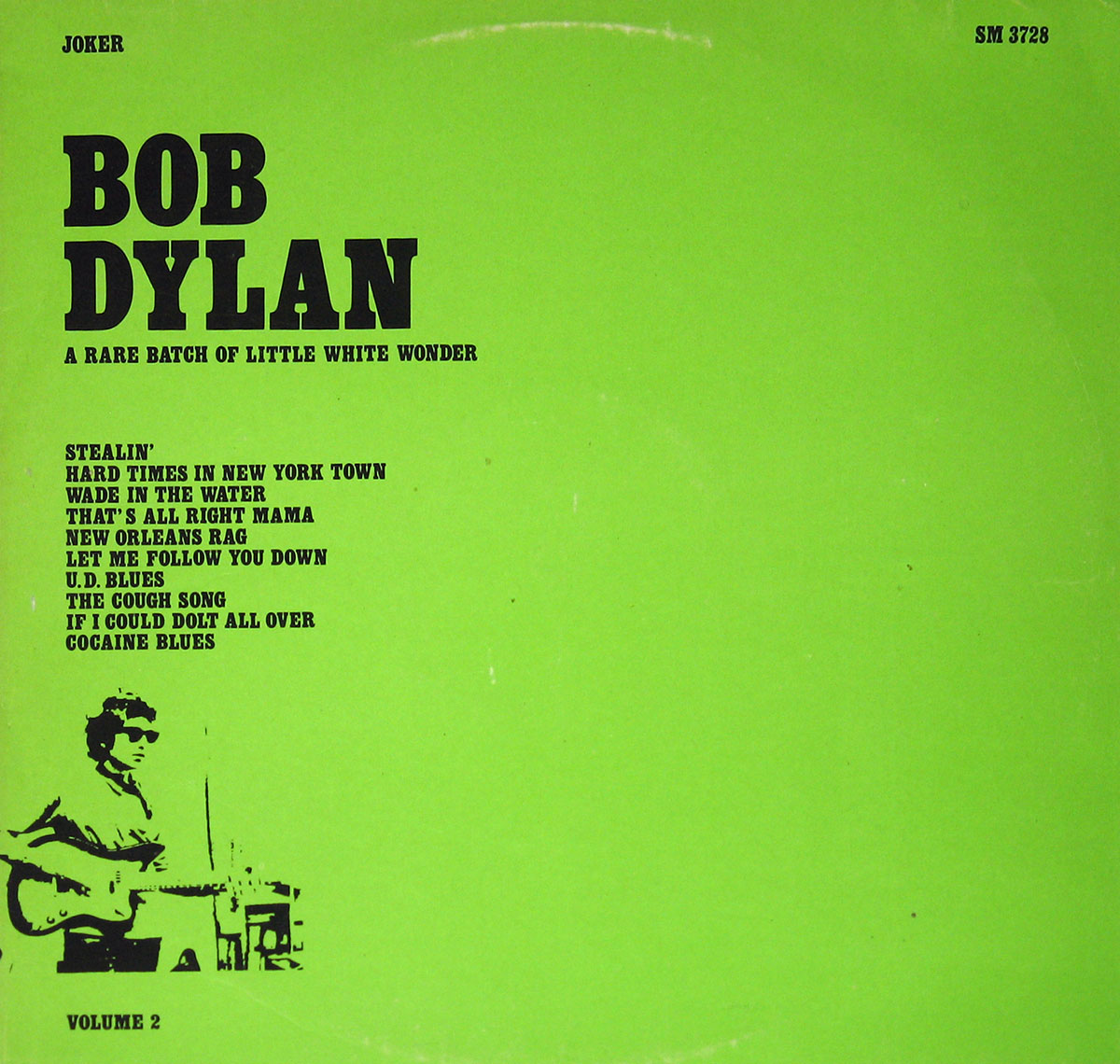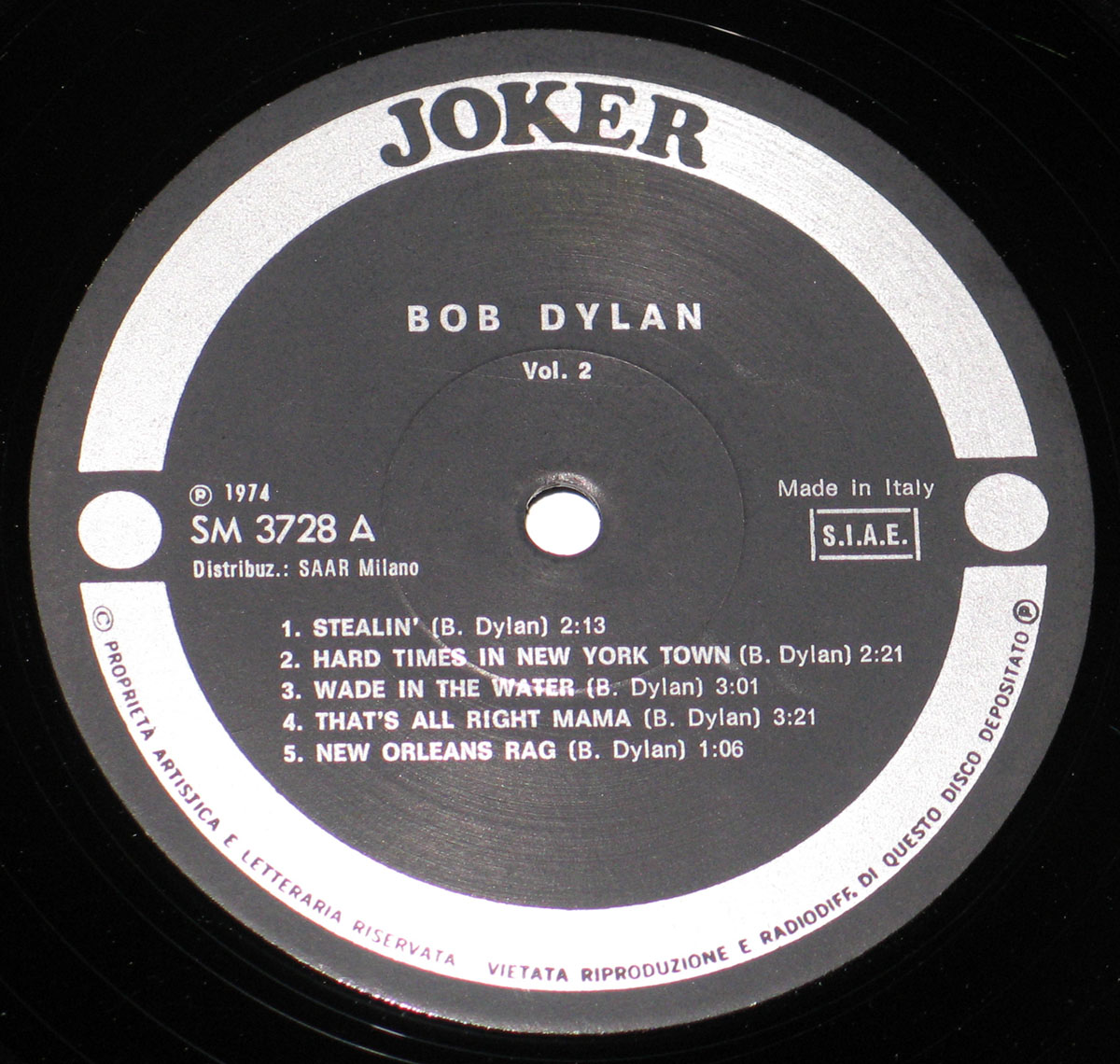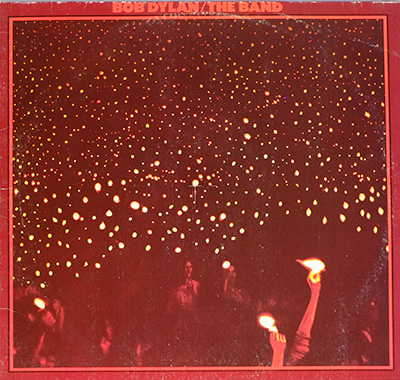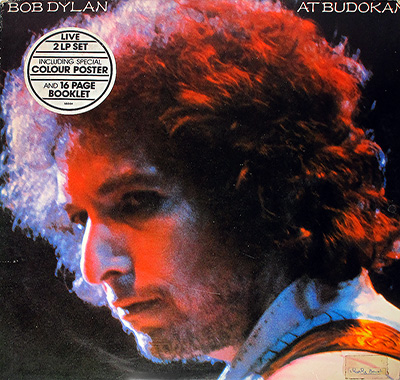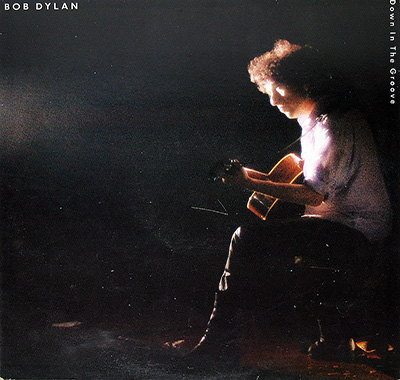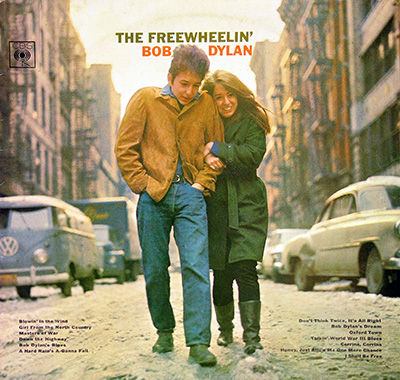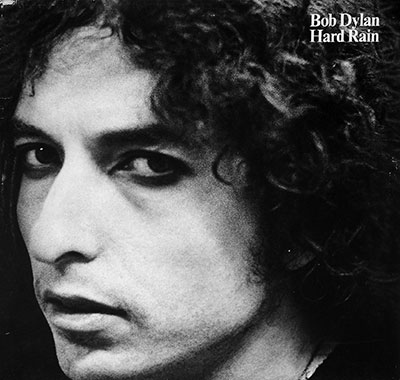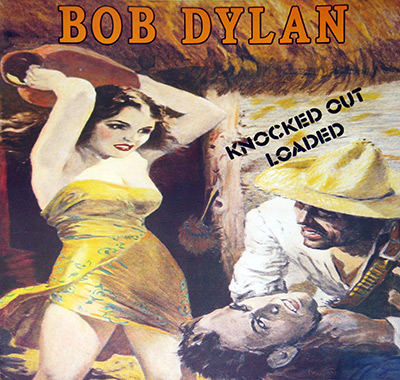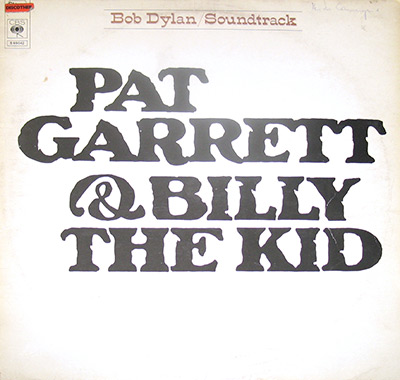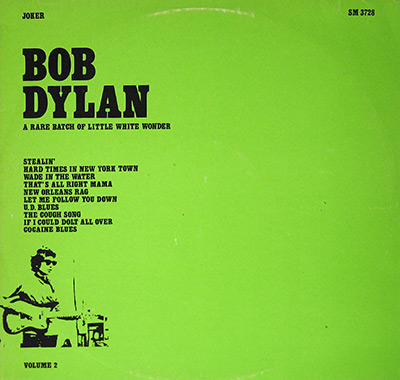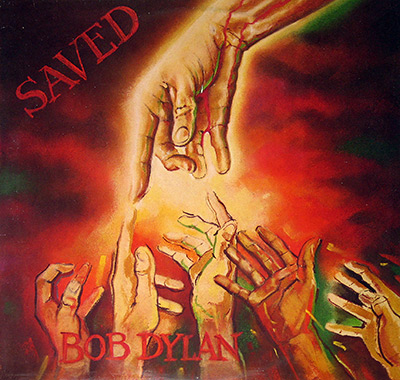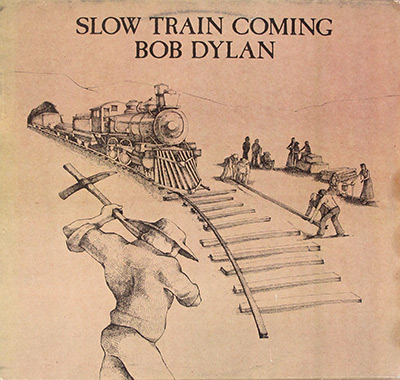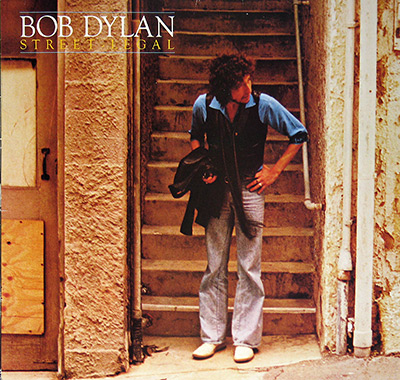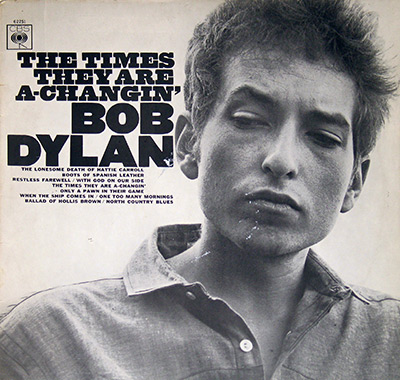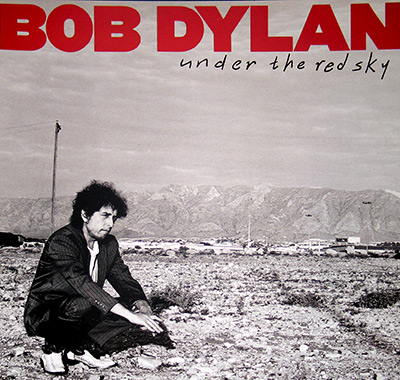Album Description:
Bob Dylan – A Rare Batch of Little White Wonder
- Bootleg LP, Italy 1974
Music has a profound ability to transcend time, capturing the essence of a moment and etching it into eternity. Bob Dylan, the legendary American singer-songwriter, is a true maestro when it comes to harnessing this power. Throughout his illustrious career, Dylan has gifted the world with countless musical treasures, but among the most sought-after is a bootleg LP known as "A Rare Batch of Little White Wonder". This album, released in Italy in 1974 without Dylan's authorization, is a remarkable collection of early recordings and alternate versions of his iconic songs, serving as a testament to his immense talent and enduring legacy.
"A Rare Batch of Little White Wonder" is an audacious creation, featuring a compilation of tracks recorded by Dylan between 1961 and 1962. This period marked the genesis of his career, when he emerged as a promising young artist on the vibrant folk music scene. These recordings encapsulate Dylan's raw and unfiltered talent, showcasing his ability to captivate listeners with his poetic lyrics, soulful voice, and distinctive guitar playing.
What makes this album truly extraordinary is the inclusion of rare and alternate versions of well-known songs. It allows fans and music enthusiasts to glimpse into Dylan's creative process and witness the evolution of his artistry. Each track on this LP is a portal to a different era, where Dylan's lyrical prowess and introspective musings are laid bare for all to hear.
The allure of "A Rare Batch of Little White Wonder" lies not only in its musical content but also in its status as a bootleg release. Bootleg recordings have long held a place in music history, often capturing rare or unreleased material that fans yearn to hear. While the unauthorized nature of these releases raises ethical questions, they also possess a certain mystique and underground appeal. Such is the case with this particular album, which stands as a testament to the passion and dedication of Dylan's devoted fanbase.
Despite its unofficial status, "A Rare Batch of Little White Wonder" has garnered immense respect and admiration from collectors and enthusiasts alike. The album has become a coveted item among vinyl aficionados, showcasing the enduring allure and cultural significance of the format. It serves as a testament to the enduring charm of vinyl records, which have resurged in popularity in recent years, offering a tangible and immersive musical experience that digital formats often struggle to replicate.
Bob Dylan's influence on popular music cannot be overstated. His words and melodies have inspired generations of artists and continue to resonate with audiences worldwide. "A Rare Batch of Little White Wonder" provides a unique glimpse into the early stages of Dylan's career, allowing us to witness the seeds of greatness that would later flourish into a legendary body of work.
As we listen to these rare recordings, we are transported back to a time when Dylan was just beginning to make his mark on the world. We hear the passion, the rawness, and the unmistakable brilliance that would define his musical journey. It is a testament to the power of artistic expression and a reminder of the enduring impact that one artist can have on the world.
